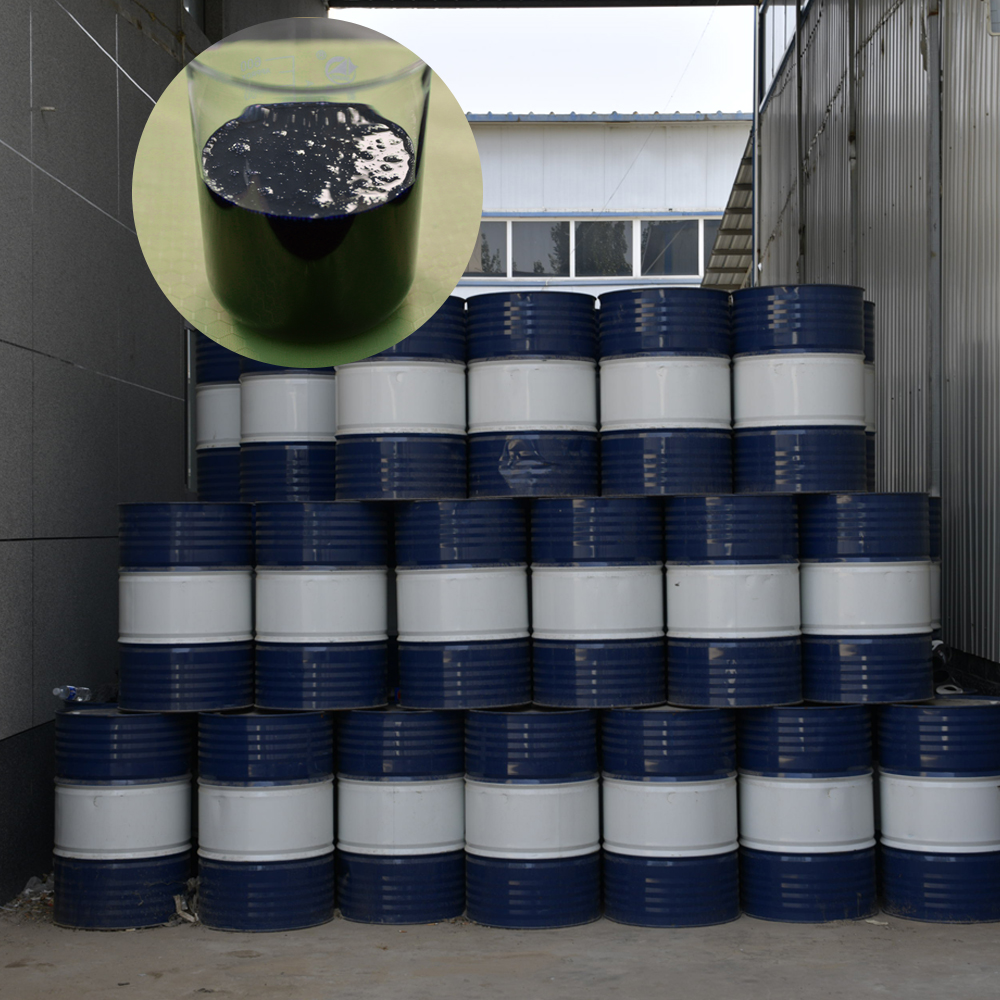Table of Contents
Benefits of Using Warm Mix Asphalt in Mild Temperature Conditions
Warm mix asphalt (WMA) has gained popularity in recent years as a more sustainable and environmentally friendly alternative to traditional hot mix asphalt (HMA). One of the key benefits of using WMA is its ability to be produced and placed at lower temperatures compared to HMA. This makes it particularly advantageous in mild temperature conditions, where the use of HMA may be limited due to concerns about energy consumption and emissions.
One of the main reasons why WMA can be produced at lower temperatures is the use of special additives and technologies that allow for better workability and compaction of the asphalt mix. These additives can include organic or chemical agents that lower the viscosity of the asphalt binder, making it easier to work with at lower temperatures. Additionally, technologies such as foaming or Wax-based additives can help to reduce the amount of energy required to heat the asphalt mix, further lowering production temperatures.
By using WMA in mild temperature conditions, contractors can benefit from reduced energy consumption and lower emissions during the production and placement of the asphalt mix. This can Lead to cost savings and environmental benefits, as well as improved working conditions for construction crews. In addition, the use of WMA can help to extend the paving season in regions with cooler climates, allowing for more flexibility in scheduling and completing road construction projects.
Another advantage of using WMA in mild temperature conditions is the potential for improved pavement performance and durability. Research has shown that WMA mixes can exhibit better resistance to rutting and cracking compared to HMA mixes, due to the lower production temperatures and improved binder-aggregate bonding. This can result in longer-lasting pavements that require less maintenance over time, saving money and resources in the long run.
Furthermore, the use of WMA in mild temperature conditions can help to reduce the risk of thermal cracking in the asphalt pavement. By lowering the production temperatures and using additives that improve the flexibility and elasticity of the asphalt binder, contractors can create a more resilient pavement that can better withstand temperature fluctuations and seasonal changes. This can lead to a longer service life for the pavement and reduced maintenance costs over time.
In conclusion, the benefits of using warm mix asphalt in mild temperature conditions are numerous and significant. From reduced energy consumption and emissions to improved pavement performance and durability, WMA offers a sustainable and cost-effective solution for road construction projects in a variety of climates. By taking advantage of the latest technologies and additives available for WMA production, contractors can achieve better results and create long-lasting pavements that meet the needs of both today and tomorrow.
Comparison of Different Warm Mix Asphalt Improvement Agents for Mild Temperature Applications
Warm mix asphalt (WMA) has gained popularity in recent years as a more sustainable and environmentally friendly alternative to traditional hot mix asphalt (HMA). WMA is produced at lower temperatures, which reduces energy consumption and greenhouse gas emissions during production. One of the key components of WMA is the use of improvement agents, which help lower the viscosity of the asphalt binder and improve workability at lower temperatures.

There are several different types of improvement agents that can be used in WMA, each with its own unique properties and benefits. In this article, we will compare and contrast some of the most commonly used improvement agents for mild temperature applications.
| Number | Article Name |
| 1 | warm mix asphalt additives |
One of the most widely used improvement agents for WMA is chemical additives. These additives are typically organic compounds that are mixed with the asphalt binder to reduce its viscosity and improve workability. Chemical additives are effective at lower temperatures and can help reduce energy consumption during production. However, they can be expensive and may have limited long-term durability compared to other improvement agents.
Another common improvement agent for WMA is water-based additives. These additives are mixed with water to create a foaming effect, which helps lower the viscosity of the asphalt binder and improve workability. Water-based additives are cost-effective and environmentally friendly, but they may not be as effective at lower temperatures as chemical additives.
Polymer-modified asphalt is another popular improvement agent for WMA. Polymer-modified asphalt is created by adding polymers to the asphalt binder, which helps improve its elasticity and durability. Polymer-modified asphalt is effective at lower temperatures and can help improve the overall performance of the asphalt pavement. However, it can be more expensive than other improvement agents and may require specialized equipment for production.
Foaming agents are also commonly used in WMA to create a foaming effect that helps lower the viscosity of the asphalt binder. Foaming agents are cost-effective and can be used at lower temperatures than other improvement agents. However, they may not provide the same level of durability as polymer-modified asphalt or chemical additives.
In conclusion, there are several different improvement agents that can be used in WMA for mild temperature applications. Each type of improvement agent has its own unique properties and benefits, and the choice of improvement agent will depend on factors such as cost, performance, and environmental impact. Chemical additives, water-based additives, polymer-modified asphalt, and foaming agents are all effective options for improving the workability and performance of WMA. By carefully considering the characteristics of each improvement agent, engineers and contractors can select the best option for their specific project needs.
